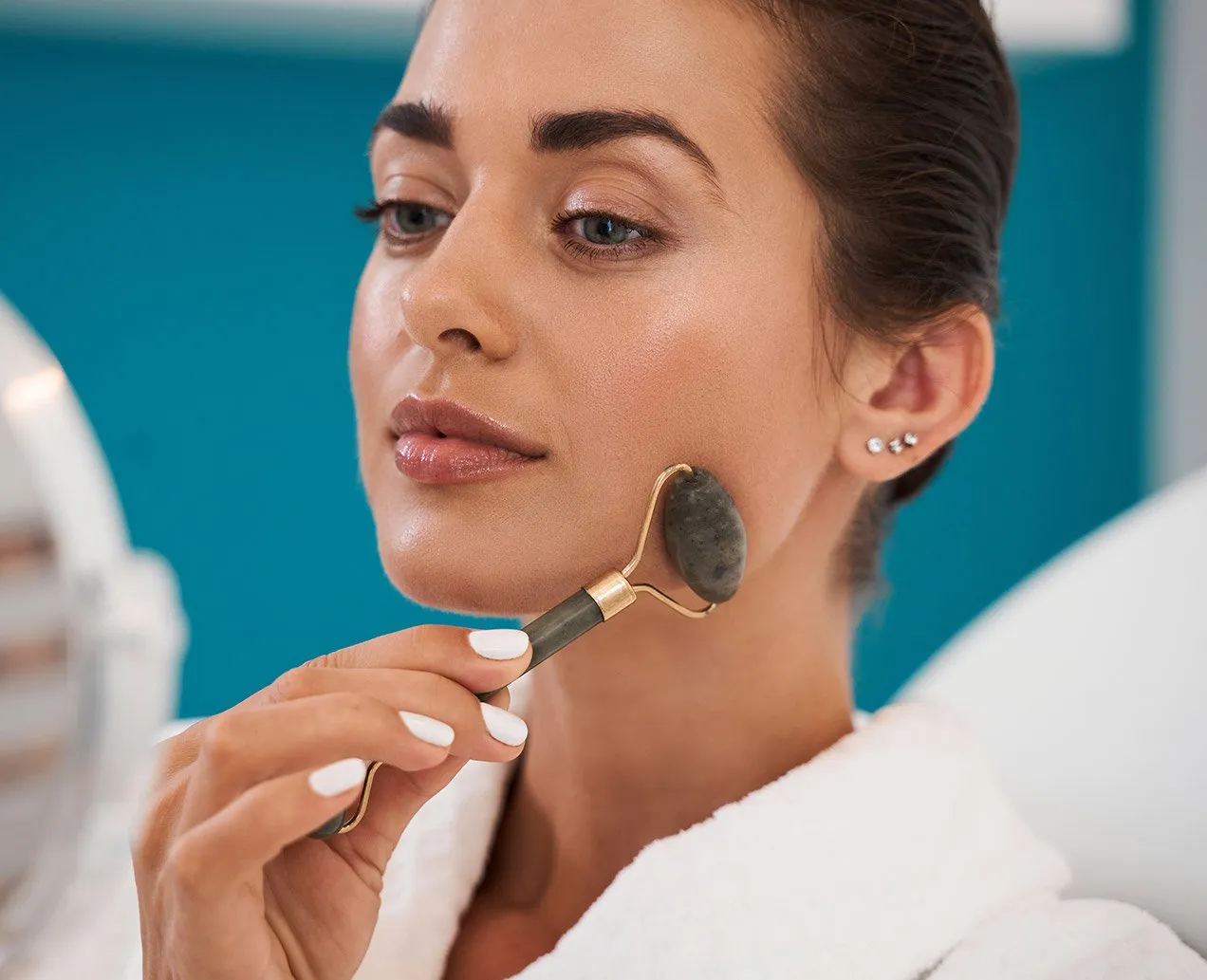Liposuction Surgery
Liposuction Surgery
A surgical procedure called liposuction is used to remove excess fat from various areas of the body, such as the abdomen, buttocks, thighs, hips, arms, and neck. This process involves using a special device to shape the body by reducing the number of fat cells in a specific area. Weight gain causes fat cells to grow, and the amount of fat removed during liposuction varies depending on the appearance of the area. The results of liposuction are stable as long as the person maintains their weight. After the liposuction procedure, skin molding may also be performed. If a person’s skin is elastic, it will have a smooth appearance after the procedure. However, if the skin is thin and inelastic, the treated areas may look loose. It’s important to note that liposuction is not considered a weight loss solution. People who want to lose weight should focus on healthy nutrition and regular exercise. Liposuction is best for those with excess fat in certain areas and is also known as lipoclastic and body contouring.




